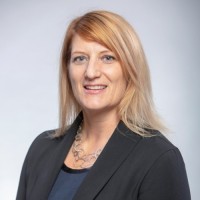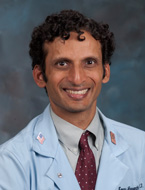Health and Fitness Status of Parent-Child Dyads: Tennis-Only Athletes Versus Multisport Athletes in the Competitive Adolescent Population. Journal Article
Local Library Link: Find It @ Loyola
| Authors: | Schneider, Andrew; Jayanthi, Neeru; Luke, Amy; Bohnert, Amy; Dugas, Lara |
| Article Title: | Health and Fitness Status of Parent-Child Dyads: Tennis-Only Athletes Versus Multisport Athletes in the Competitive Adolescent Population. |
| Abstract: | Purpose To determine if there is a difference in health status in competitive tennis-only adolescents and their parents versus competitive multisport adolescents and their parents. Methods This study involved initial baseline surveys for competitive adolescent athletes and their parents (dyads), followed by fitness testing and accelerometer monitoring. The adolescents (ages 10 -15) completed sports training history and injury history surveys; their parents completed musculoskeletal injury history and overall health status surveys. Athletes injured as a result of their sport also completed a survey reporting injury type, limitations and training patterns. Dyads completed a 6-minute walk test, Bioelectrical Impedance Assay (BIA), blood pressure testing, and anthropomorphic testing. Both the parent and adolescent were given an accelerometer to wear for one week, and energy expenditures were measured. Results Nineteen parent-child dyads were consented into the study. Tennis parents were more active than multisport parents with regards to 10-minute bouts moderate to vigorous physical activity (20.26 ± 10.4 minutes per day vs. 0 ± 0 minutes per day, p=0.197) and 1-minute bouts of moderate to vigorous physical activity (30.3 ± 8.7 minutes per day vs. 1.75 ± 1.24 minutes per day, p=0.103). Tennis-only children were more active than multisport children with regards to 5-minute bouts of moderate to vigorous physical activity (18.4± 14.6 minutes per day vs. 3.4 ± 1.1 minutes per day, p=0.145) and 1-minute bouts of moderate to vigorous physical activity (24.1 ± 17.6 minutes per day vs. 8.0 ± 4.5 minutes per day, p=0.191). Multisport parents are currently playing more than three times as much sports with their child compared to tennis-only parents (3.1 ± 1.1 hours per week vs. 0.82 ± 0.75 hours per week, p=0.0001). Conclusion Our study found that more active parents correlated with more active children. These findings suggest even in the competitive athlete population where ancillary factors like adolescent self-motivation might be in play, some degree of parental modeling is likely a correlate for physical activity. We also found that multisport adolescents and their parents play significantly more weekly hours of sports together than the tennis- only parent-child population. We postulate that this result will positively affect the health of the multisport adolescent population more than the tennis-only adolescent population. ABSTRACT FROM AUTHOR |
| Journal Title: | Medicine Science in Tennis |
| Publisher: | Unknown |
| Date Published: | 2016 |



